The thing is, winter jackets are created with style and fashion as the least of their priorities.
They are made to keep you warm and alive. But there are unscrupulous people selling counterfeit winter jackets, which can pose a danger to your health. So, how do you spot fake winter jackets?
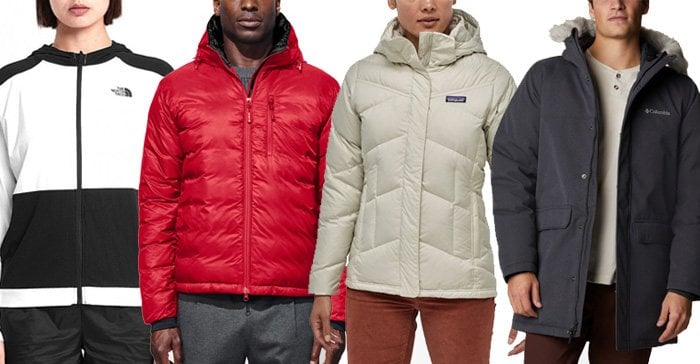
It’s not easy because counterfeiters have mastered the cut and design of winter jackets from major brands, such as The North Face, Canada Goose, Columbia, and Patagonia.
They have even managed to copy the logo design—perfect spelling and all. They look so authentic that you can easily be tricked. Some of them are Class-A fakes.
Perhaps you’ve once been a victim, or someone you know has been. Or you are very much aware of the increase in fake winter jackets being sold everywhere, and you want to avoid them. And you are wise to do so. Here’s your guide on how to spot a fake winter jacket.
Unmasking Fake Winter Jackets: 10 Warning Signs of Counterfeits
1. Questionable Fabric
If you touch an authentic winter jacket, you can feel its fine quality. Also, it feels heavier. If it looks inexpensive, lightweight, and has rips and pulls, the jacket is likely a fake.
You should also check if the brand’s logo design is in the fabric’s interior. If there is none, consider yourself warned.
2. Light Fastenings
Examine the zippers and the pulls. If they are light and shiny, this is a definite red flag.
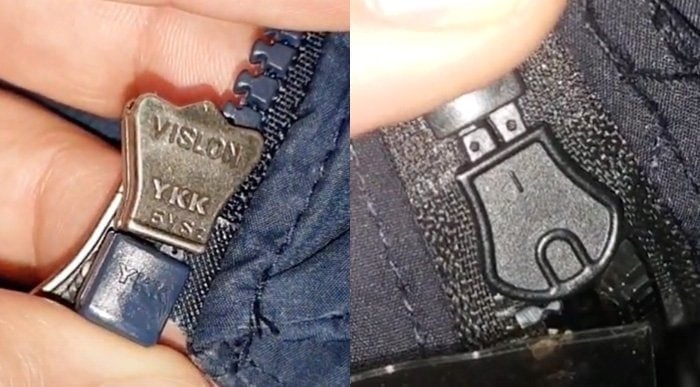
Authentic winter jackets have zippers and pulls that carry a substantial weight and feature a matte finish. Additionally, it’s common for these zippers and pulls to bear the company’s name engraved on them, providing a distinct hallmark of authenticity.
3. Scrawny Fur Trims
Fur trims that line the hoods of winter jackets help decrease heat transfer.
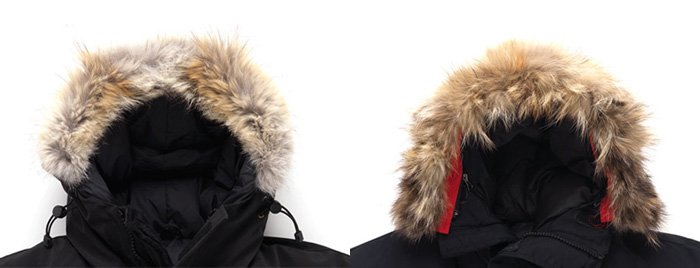
Genuine winter jackets boast fur that is not only sumptuously soft and refined to the touch but also exudes a high-quality, opulent, and full-bodied texture.
Conversely, if the fur appears scrawny or stiff, it should raise a significant red flag, as it might indicate the use of synthetic materials or, even worse, fur sourced from dogs.
4. Poor Stitching
Manufacturers of fake winter jackets will never invest in superior quality materials and labor. This is evident in the stitching. Counterfeit jackets have less stitching because the fakers are saving on costs.
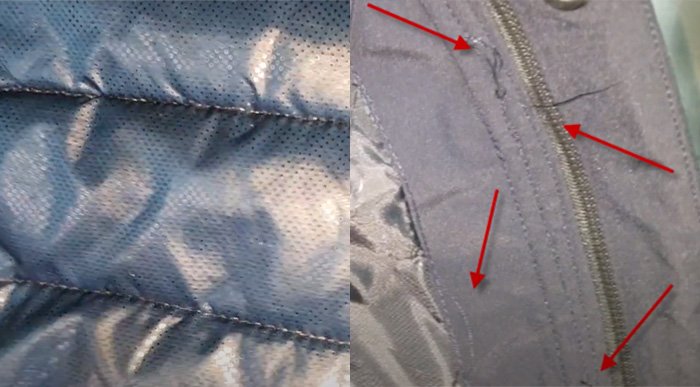
As a result, the lines of the stitches are not perfectly aligned. A genuine branded jacket will have neater stitches and clearly has more stitches per square inch.
5. Super Sale
If the discount is too big, that’s a red flag! A 30-percent discount and above is really suspicious! Rarely do designer winter jackets drop their price that low.
Some of the major winter jacket brands don’t allow their products to be sold on sale at popular discount retailers like Nordstrom Rack.
One of the most reliable guides on spotting fake winter jackets is checking the brand’s official website to see if they are having a sale. Another tip? Check out the price tag if it carries the company logo. Counterfeit winter jackets typically use generic price tags.
Also, designer brands have started using holographic tags on their label. This is almost impossible to replicate.
6. Cheap Buttons
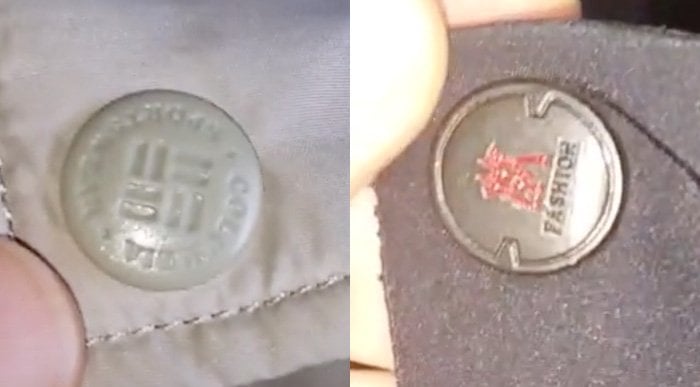
If you pick up a fake winter jacket, you’ll see that the buttons don’t have the logo or company name engraved.
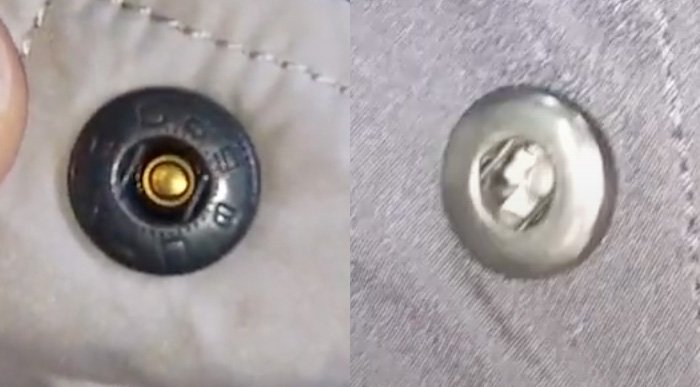
You’d notice, instead, how the buttons are plastic, too light, and unlabeled. Also, the buttons on a counterfeit jacket are rarely securely sewn.
7. Second-Rate Prints
For example, winter jackets from The North Face have a front print or tag.
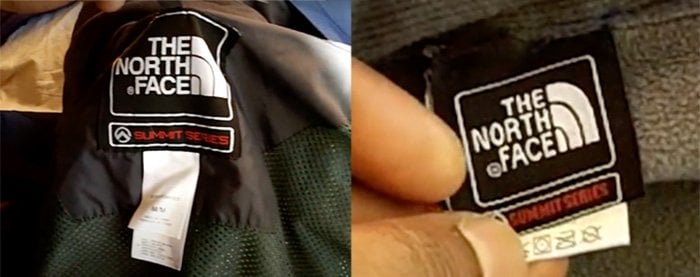
Authentic jackets sport front tags that are more vivid, the stitching denser, and the spaces between the letters that spell out the brand are consistent in size.
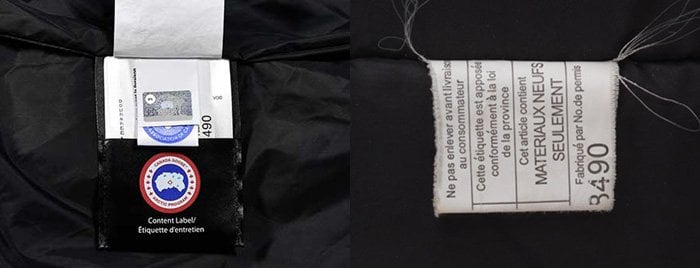
But in all sorts of apparel, including winter jackets, it’s a red flag if the prints have less-than-rich colors, appear slightly amateurish in design, and look a little askew.
Authentic jackets have bold, solid colors for prints combined with impeccably precise stitching and spacing.
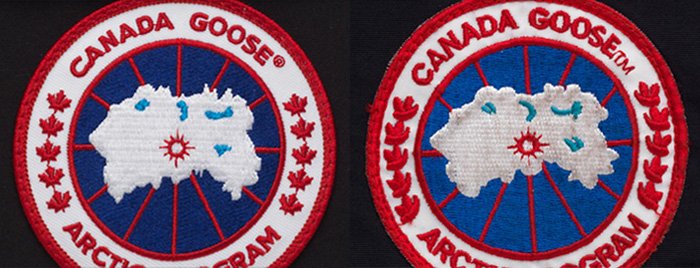
Feel the thread of a genuine branded jacket, and you’ll understand the difference.
8. Wilt-y Collar
When it comes to puffer jackets, it’s easy to spot a fake one. Zip up the jacket to the collar so that it closes completely.
If the collar is solid, puffy, and stands tall, then you are holding a genuine puffer jacket in your hands. However, if it looks deflated or wilt-y, you’re looking at a fake puffer jacket.
9. Check Partner Retailers
On their official websites, designer brands list partner retailers where you can get the same authentic winter jackets they sell in their boutiques. Two of the most popular outdoor retailers selling authentic winter jackets are Moosejaw and Backcountry.
If the retailer or e-commerce site is not a partner, count on it that you’ll be shelling out hard-earned money on a fake winter jacket. Do not be duped!
10. Packaging
Did you know that companies spend millions of dollars on packaging alone? They invest in stylish, durable, and top-quality packaging that will protect their product and is designed to accommodate the product quite snugly.
The packaging itself is a distinct indicator of the authenticity of a winter jacket. Whether it’s the box, paper bag, or cloth bag with drawstrings, it should prominently display the company’s name.
Moreover, the packaging exudes an air of luxury and sophistication, allowing the winter jacket to nestle within, almost as if it were custom-made effortlessly.
The Dangers of Purchasing Counterfeit Winter Jackets
If you think you’d be saving a lot of money purchasing counterfeit winter jackets, you are dead wrong.
Wearing a fake winter jacket is pointless: you’d feel incredibly uncomfortable because it won’t be as effective in fighting off the cold and wind and keeping you warm.
Apart from trembling from the cold, there are many other reasons why getting unoriginal outdoor apparel is simply foolish. Here are more important reasons why you must stay away from knockoff winter jackets:
1. You can actually die
You can even die from sub-zero temperatures or suffer from frostbite and hypothermia if you’re donning a counterfeit winter jacket.
“High-quality outdoor apparel is designed to keep the wearer alive in the most hostile environments, like in torrential rainfall and through bitterly cold nights,” according to Red Points in their article “Fake outdoor apparel leaves customers out in the cold.”
“Counterfeit outdoor apparel is designed to aesthetically imitate authentic brands, not made to strict specifications of insulation and safety,” the website further adds.
So, are you willing to risk your life to “save money”?
2. You contribute to child labor
Manufacturers of counterfeit items usually resort to illegal hiring—worse, they get children as cheap labor. Instead of enjoying their childhood or going to school, these kids are slaving away in a factory that creates fake winter jackets.
AOL further emphasizes this harrowing dilemma in their article “Cheap Knockoffs and Counterfeits Can Be Hazardous to Your Health” by quoting Kevin Spreekmeester, the global marketing vice president for outdoor clothing company Canada Goose.
“We know the counterfeit product is coming out of China,” [Spreekmeester] says. “We know that child labor is involved. And we know that it funds organized crime.”
3. Feather mulch filling and gross stuff
Ewww. Your fake winter jacket contains not down—but basically garbage. Stuffed with gross stuff you would not believe would be inside your clothing!
The same AOL article by Loren Berlin states how Canada Goose tested a handful of fake jackets purchased online. Shockingly, these counterfeit warmers had zero down in them.
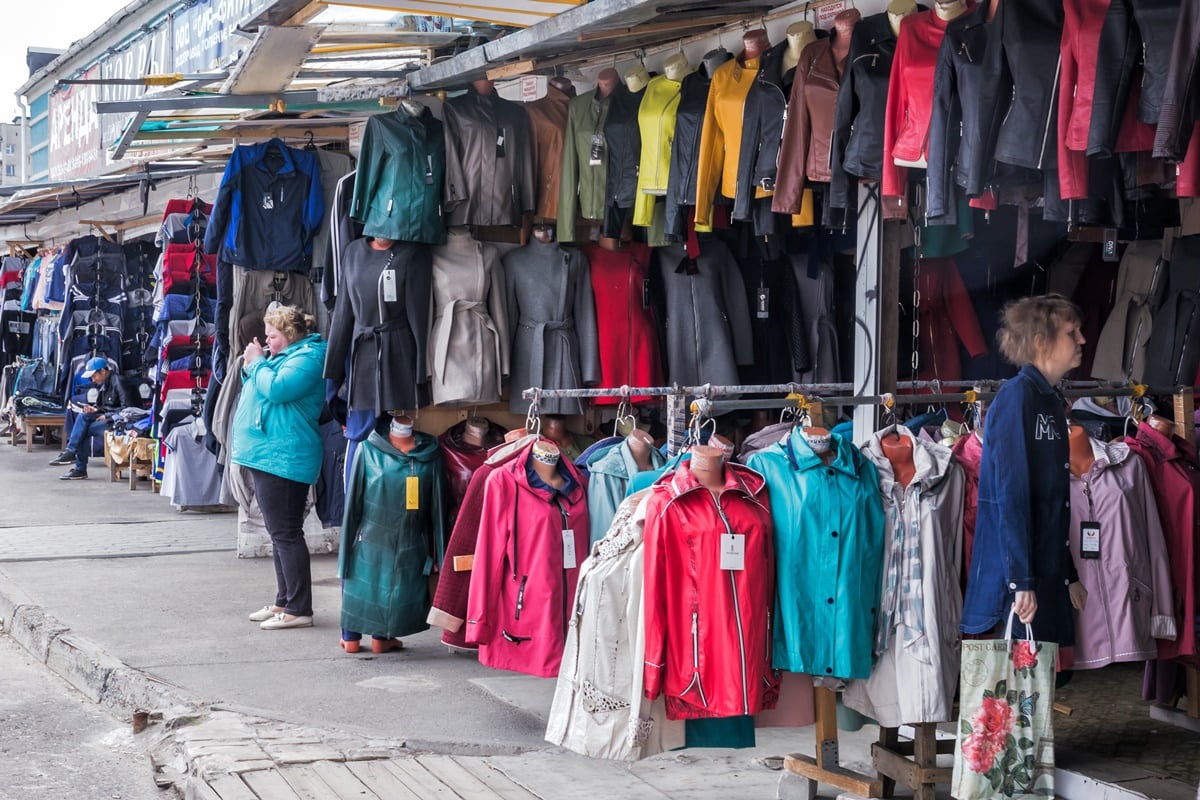
Down, which protects an individual from frostbite and hypothermia in the deadliest of climates, was replaced with alternative fillers, which the article described:
“What they do have in them is called ‘feather mulch,’ which is anything you pick up off the floor,” said Spreekmeester. “It’s feathers, it’s beaks, it’s feet. Covered in feces, covered in mildew, covered in bacteria.”
The article also pointed out that the fur that lines the hood of a fake winter jacket comes from the fur of dogs, particularly the German Shepherd. It argues a very compelling point: it’s not only unhygienic, but it also promotes animal cruelty.
4. You’d be in trouble if you’re an athlete
And if you’re an athlete, especially a professional one, it is crucial that you only wear authentic apparel. Let’s say you are a skier, hockey player, or snowboarder. If you pick a fake jacket, the unreliability of a counterfeit jacket will negatively affect your performance.
On top of ruining your performance in the sport, you will also commit a lot of self-harm by exposing your body to the harsh elements of nature.
5. You help sustain unauthorized marketplaces
Because counterfeit winter jackets are sold in unauthorized marketplaces—online and offline—you help keep these illegal traders in business.
Not only will you be contributing to sustaining a black market of underground fake goods, but you will also be contributing to their proliferation. Manufacturing and selling of fake goods are criminal acts. You don’t want to be supporting that industry, do you?
Furthermore, imagine if you buy one as a gift for a family or a friend, thinking that a knockoff jacket does not have to be original, you may harm their health.
6. Wear-and-tear soon
Because you’re wearing a fake jacket, you will soon see signs of wear and tear. From fraying and fading to easily damaged zippers and buttons- you’ve wasted a lot of money on…, well, waste.
With your jacket all ugly, disintegrating, and even left unused due to its inability to shield you from the harsh climate and nights and days of bitter cold, you must purchase a jacket again.
Making an Informed Choice: Tips for Buying Winter Jackets and Identifying Counterfeits
Always do extensive research when buying a winter jacket. Designer brands have official websites.
If you don’t find the information you need about the jacket you wish to purchase on their website, you can always contact them via their customer service hotlines.
Avoid shopping for winter jackets on e-commerce sites—even the popular ones. When possible, stick to official retailers. If you’re unsure whether a retailer is authorized, pick up the phone and call the company.
Identifying fake winter jackets can sometimes be very challenging. But given this guide, you will be equipped with knowledge of the fundamental signs of counterfeit jackets.
Sure, an original winter jacket is painfully expensive, but it will last longer and keep you alive.
